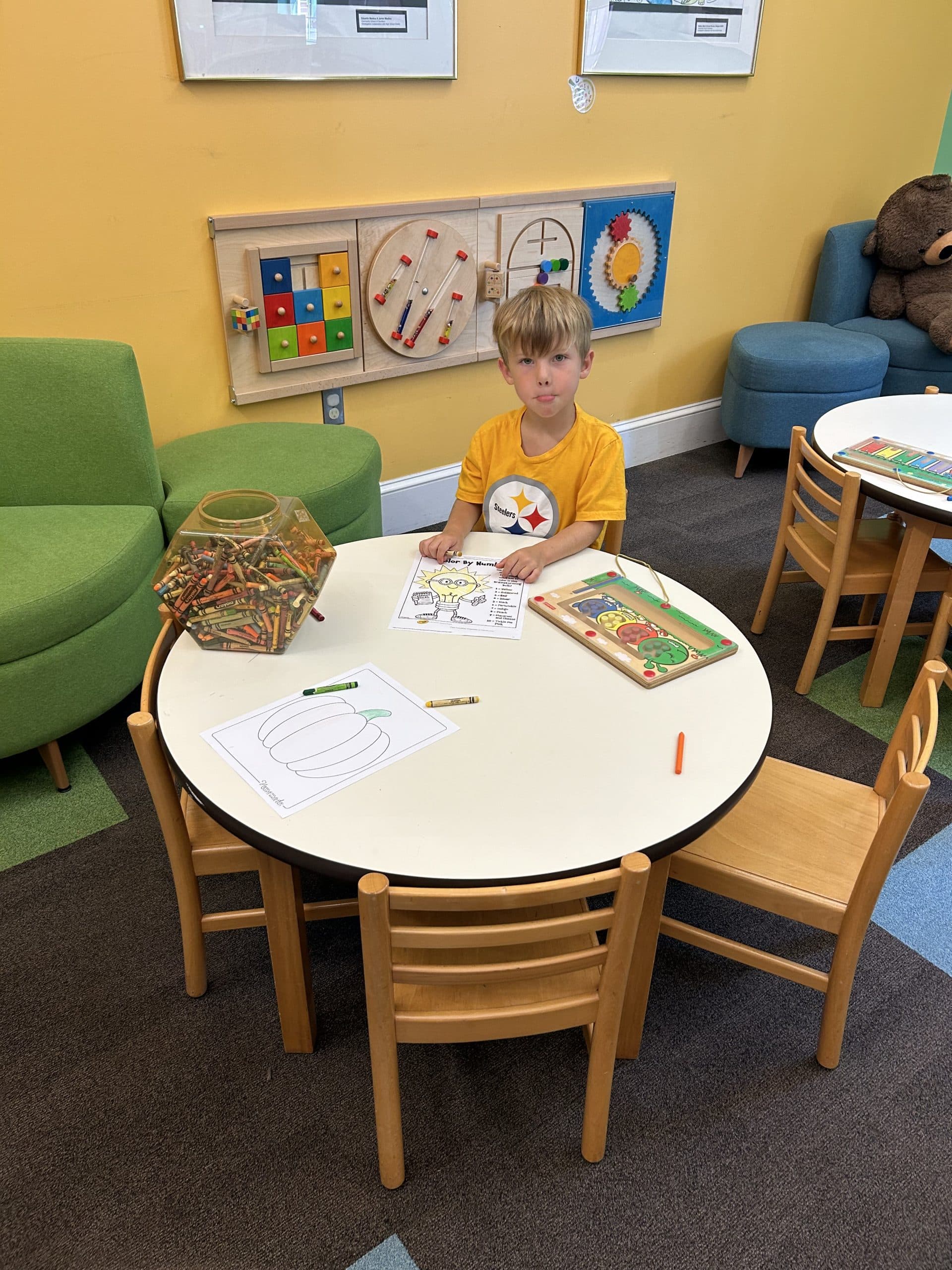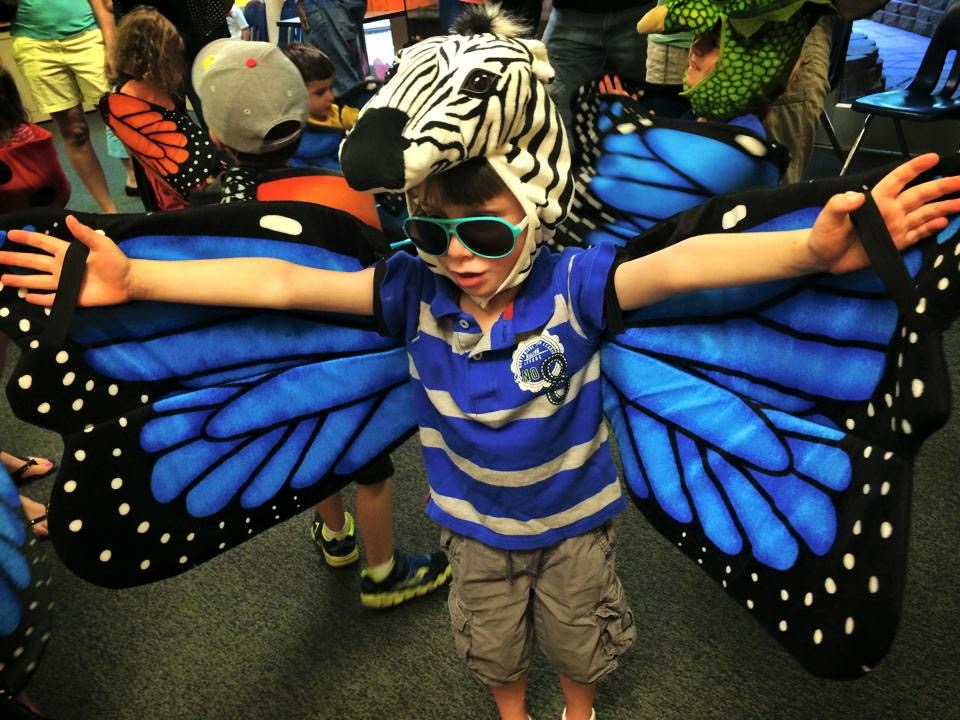I’ve recently returned home from a week-long professional development academy tired and spent. My head is still saturated with the experiences from the collaboration among colleagues, and my team members. We arose early, worked late and then played later into the evening. I was impressed with the 180-200 participants that endured the six day learning experience while being tantalized by the fun city of New Orleans. The professional development I attended was a math and science academy sponsored by the golf pro Phil Mickelson, his wife Amy, and ExxonMobil. I highly suggest if you are a teacher of grades 3 through 5, look into attending the academy. www.sendmyteacher.com
While at the academy we had to be active participants by keeping notebooks on our activities, take part in discussion groups, conduct experiments, justify what would and did happen, explain the reasoning behind what happened, make decisions on various charts and graphs, and come to terms with Newton’s three laws of motion. We ‘played’ with pendulums, rolled marbles, created rockets, determined volume of containers and origami boxes, and much more.
The day after I returned home my brain was numb. At the academy I was given structured and guided inquiry activities and had to make decisions with a team of learners, I still had to follow a very strict six-day rigorous schedule telling me when to eat breakfast, lunch, and snack, and attend predetermined classes at specified times. Upon returning home I had to get back into my normal life’s routine. I had several errands to run and had a hard time deciding where to start first. I had the whole day to plan and I needed someone to give me a schedule. While thinking about this process, I thought about what happens in some classrooms in our school system. Were students’ schedules that rigid? Can students/children solve problems and make intellectual decisions? Or were decisions made for them as to where to play, what to play with, what to study or read, what page to complete, etc. It is appreciated that the school day as a whole needs to be on a schedule, but do the individual classrooms need to be on a rigid schedule, or can students have choices.
My years of experience in being a teacher and administrator have provided me with many opportunities to see classes that were only teacher talk and teacher directed lessons that contained specific workbook pages, textbook pages, and worksheets, and an occasional activity for activity sake. It was rare if I saw an inquiry-based lesson. In other words, passive learning. Students were told exactly what to do every minute of the day. They contained only brief pair share sessions where they could talk to the person next to them but were mostly teacher to student questions and student to teacher answers. Students that weren’t part of the question-answer session would tend to get bored or distracted and were admonished by the teacher. They were never given choices.
There were a few classrooms that permitted students to choose from several classroom centers while the teacher met with small groups or met one-on-one for assessment discussions. At least in these classrooms students had some choices; however, there were few choices within the activities in the centers. Where were the problem solving and thought building skills being promoted? Where was the creativity and creation on the part of the students?
I found that the creation and problem solving experiences only existed in science class if the teachers were lucky enough to have materials for activities that matched the state standards. Sometimes I was able to observe this problem solving experience in math class and rarely were the two classes taught hand in hand. Why wasn’t the connection made that math and science were closely associated?
Very structured, inactive lessons lend themselves to unmotivated students that frustrate the teacher as well as other students in the class. Research argues that motivation is related to whether or not students have choices that control the ownership of their own learning. Choices develop a sense of responsibility, self-motivation, and sharpens problem solving skills. I have heard teachers as well as parents say that they fear giving children more choices because it will lead to discipline problems. According to research, the opposite happens. When children understand that they are the one in charge of their thinking, feelings, and behavior, they are likely to take responsibility for their learning and their choices.
The more classrooms that are involved in problem-based learning or project-based learning the more our students will develop skills that are necessary for success. Classrooms need to be active. My grandson has been in daycare since he was a few months old. He is now two. When I’m visiting his classroom I see many active learners. Children are busy exploring the toys, books, water tubs, and other various centers designed for active investigations. The children are taught to respect the belongings of one another, they sit at the tables and eat breakfast and lunch together and clean up after themselves when finished. So why is it that when they go to school we expect them to sit at desks all day long? We teach them to be passive learners, listen to the teacher, take notes, complete workbook pages, and most of all, be quiet and raise their hand if they want to speak. Many teachers want quiet and organization and are expected to utilize the textbooks that are purchased including every workbook page. When I visited the classroom as a principal I never counted completed workbook pages; it was always about active learning. In fact, I was ecstatic if I didn’t see students working on a page in the math book, or completing a worksheet for any subject. (My book contains many of my classroom experiences in chapters 4 and 5).
Problem-based learning or project-based learning provides inquiry as a major component. This method gives students the hands-on, minds-on experiences that are needed to be active learners. Students are given a problem or project to solve that requires research, physical experiences, teamwork, questioning, social interaction, and disequilibrium – all conditions for learning. It takes the old ‘I do – You do – We do’ theory and changes it to ‘You do – We do – I do’. This theory provides for untapped student potential and turns it into unlimited student potential.
Intelligence is the ability to learn or understand or to deal with new or trying situations according to Merriam-Webster Online. It is also the skilled use of reason and the ability to apply knowledge to think abstractly. The mind-set of a student or child influences confidence, perseverance, and willingness to take risks. Brain research tells us that the activities a person engages in can change their intelligence. With that in mind, shouldn’t children and students engage in active learning rather than passive?
Children need to be indulged in activities, especially the ones that motivate, whether in the classroom or at home. We need to think about what motivates us as adults to learn. For example, if someone described to you how to ride a bike, drive a car, or swing a golf club, how motivated would you be? Could you automatically do it correctly the first time after it was verbalized, or would you have to experience it through trial and error with the help of an instructor? So why should the learning experiences in the classroom be any different?


